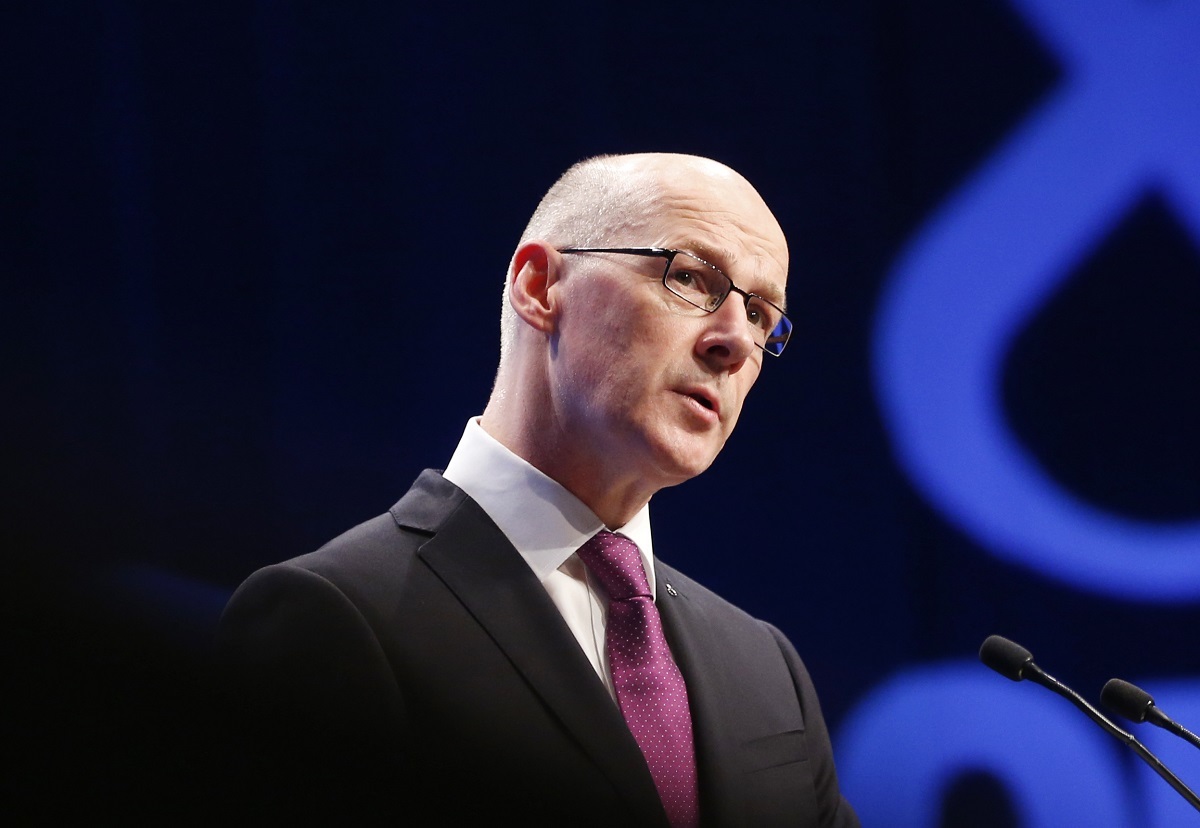
SCOTLAND’S schools are losing a generation of experienced teachers as more middle-aged staff quit than younger colleagues, it has been claimed.
The number of teachers in Scotland fell overall by nearly 3,500 between 2004 and 2018, according to official statistics.
But, while numbers were growing in most other age groups, the 43 to 60-year-old age range lost 12,896 teachers over the same period.
Figures from the Scottish Government’s annual schools’ census show that in 2004 teachers in their 40s made up 31% of the overall workforce – but by 2018 this had dropped to 24%.
And the percentage of teachers in their 50s dropped from 33% to 19%
The EIS teaching union said: “In order to make teaching an attractive career option the impact of pension changes coupled with issues of severe workload and declining pay must be addressed.”
One experienced teacher who quit because of the burden of administrative tasks told Education Secretary John Swinney of the pressures during a radio phone-in last year.
She said: “So many colleagues feel ill at the thought of going to work because they are not able to get on with the job they have trained for.”
The percentage of teachers in their 20s grew from 15% of the workforce to 23% between 2004 and 2018, while teachers in their 30s rose from 18% to 28%.
Liz Smith, shadow education secretary for the Scottish Conservatives, said: “There is a clear need for the SNP to investigate why older teachers are leaving the profession and to tackle this growing problem.”
Meanwhile, it has emerged some teaching posts are having to be advertised numerous times to attract candidates.
One secondary post, for a technical education teacher in Aberdeenshire, was advertised 14 times, but resulted in only four applications.
Tavish Scott, education spokesman for the Scottish Liberal Democrats, said: “If that is not a wake-up call for Scottish ministers I do not know what would be.”
The Scottish Government said there is a “well-balanced” age profile across the profession, adding: “Teacher numbers are now the highest since 2010, with primary teachers at the highest level since 1980.
“We want to keep people in the profession and to attract new entrants into teaching.
“That’s why we have increased targets for recruitment into initial teacher education, created new routes to make it more practical and flexible for people to access courses and run a recruitment campaign.”

Enjoy the convenience of having The Sunday Post delivered as a digital ePaper straight to your smartphone, tablet or computer.
Subscribe for only £5.49 a month and enjoy all the benefits of the printed paper as a digital replica.
Subscribe